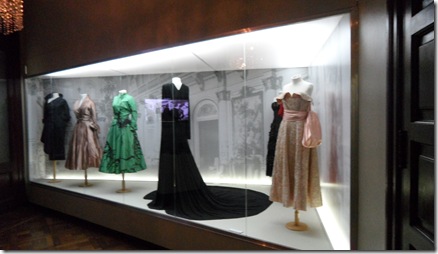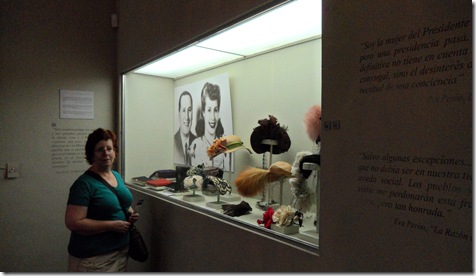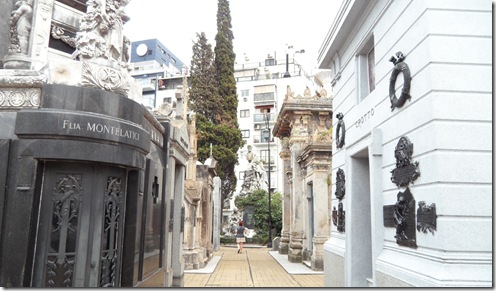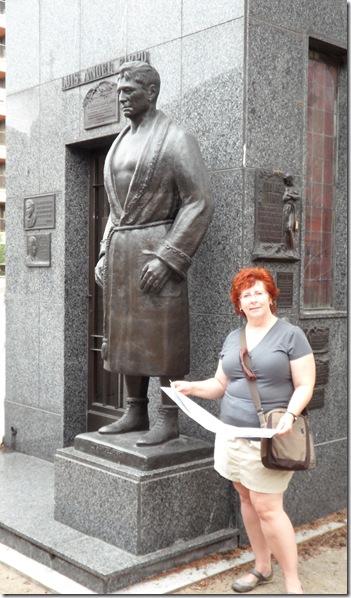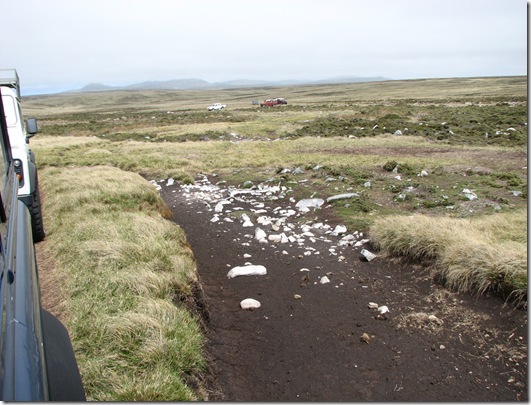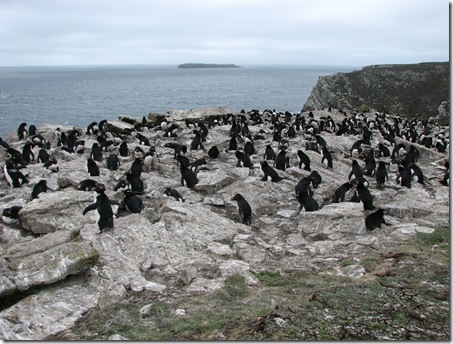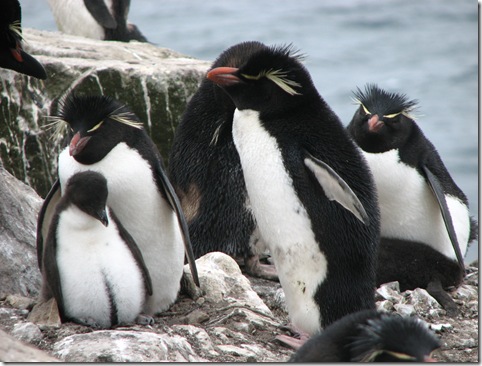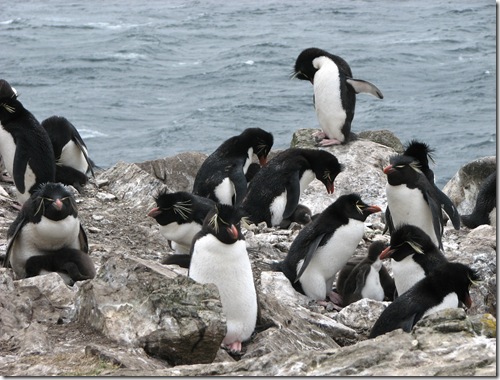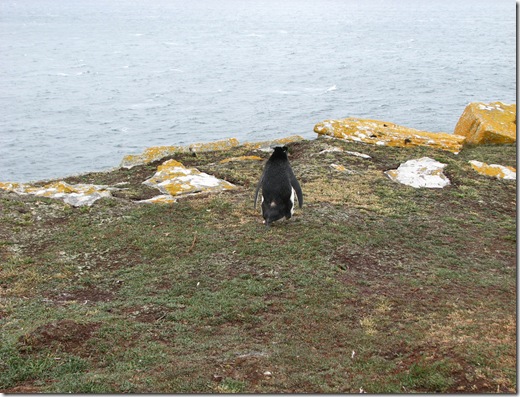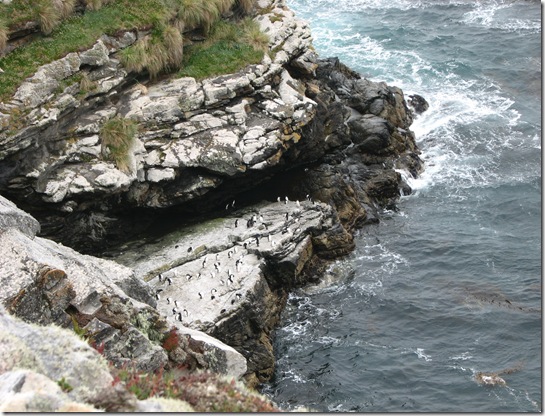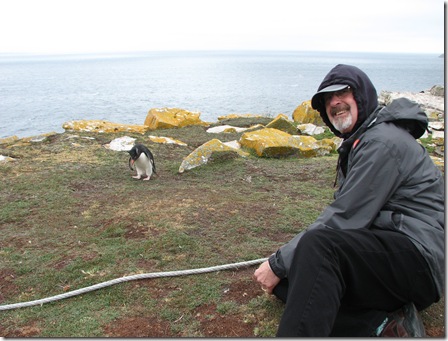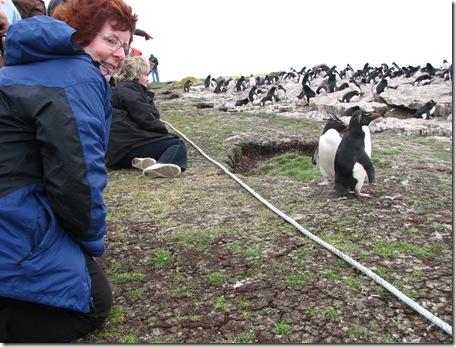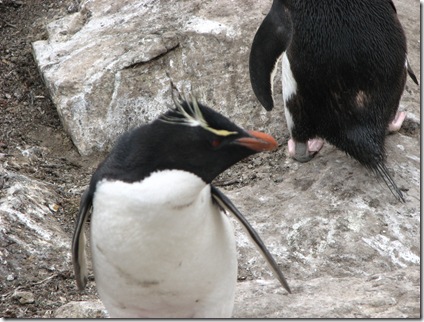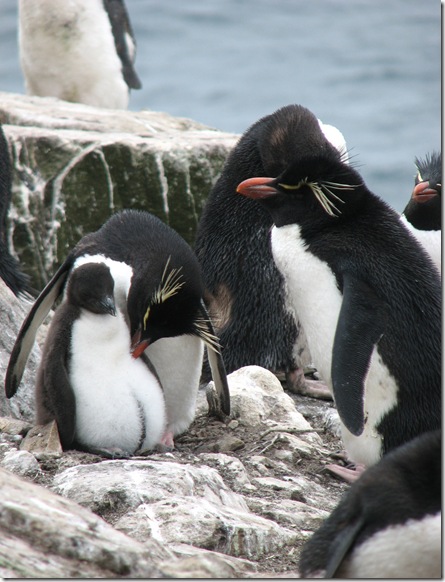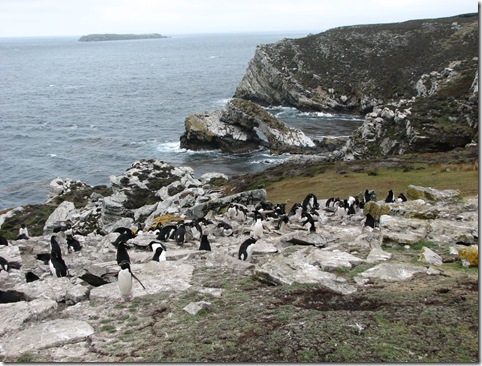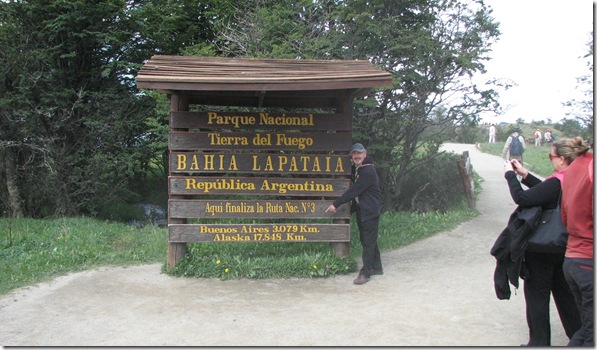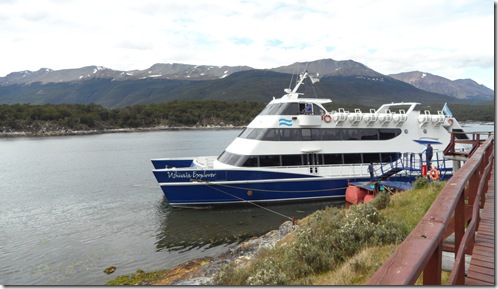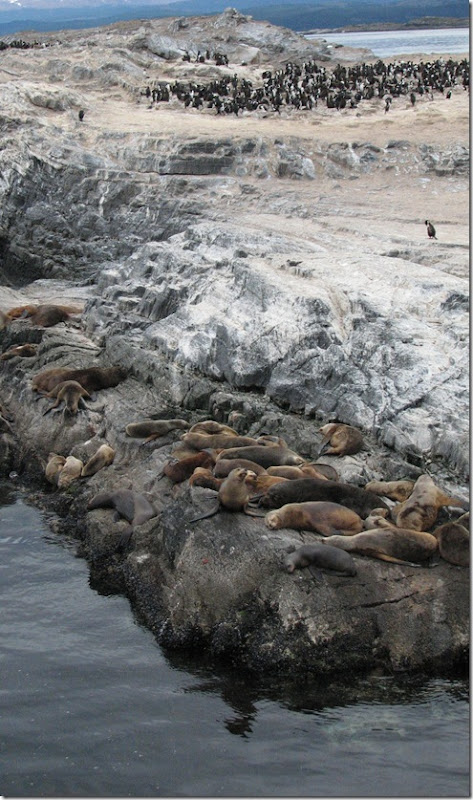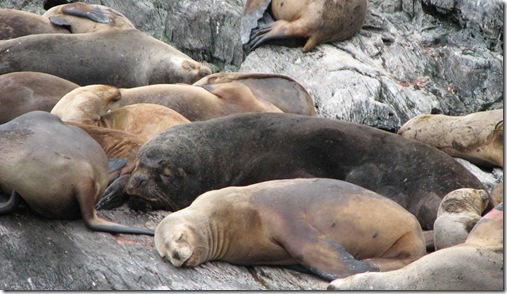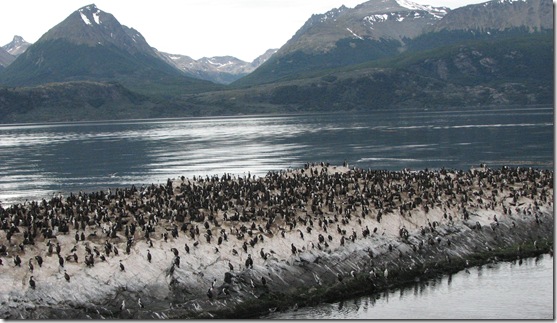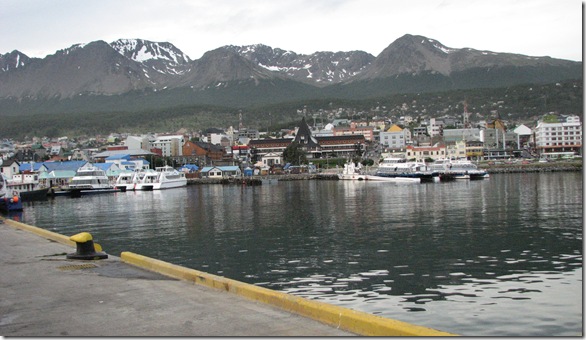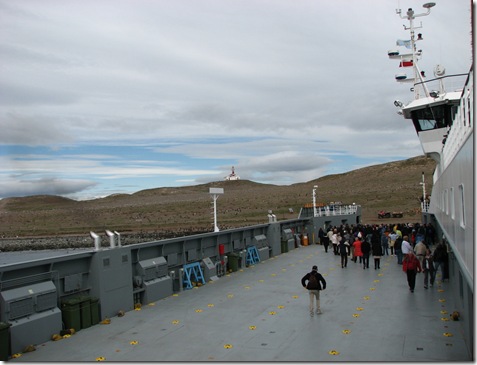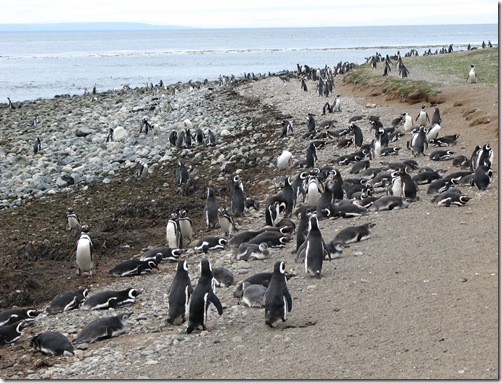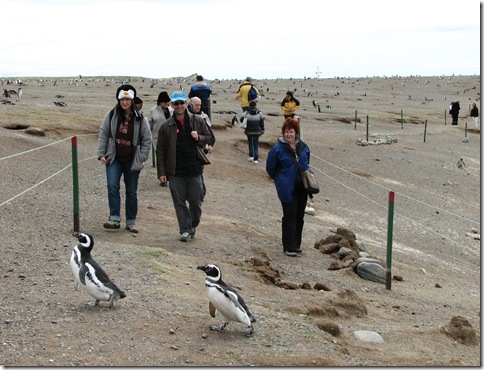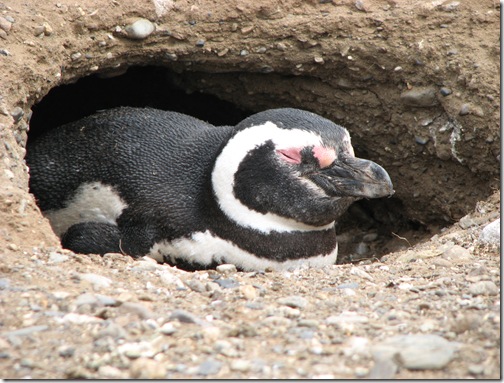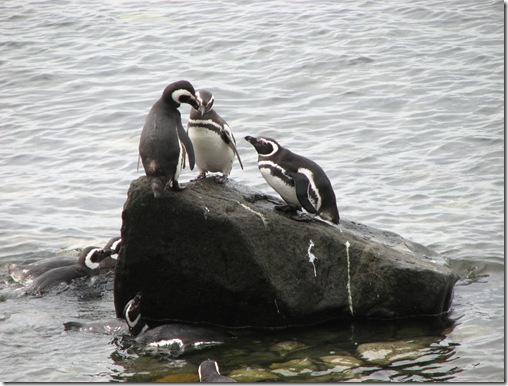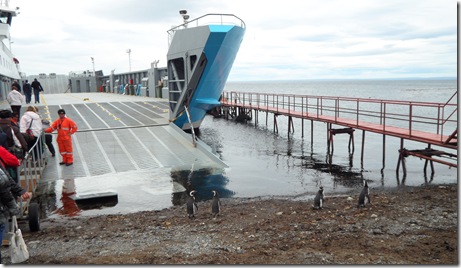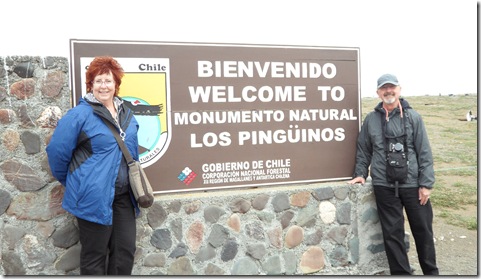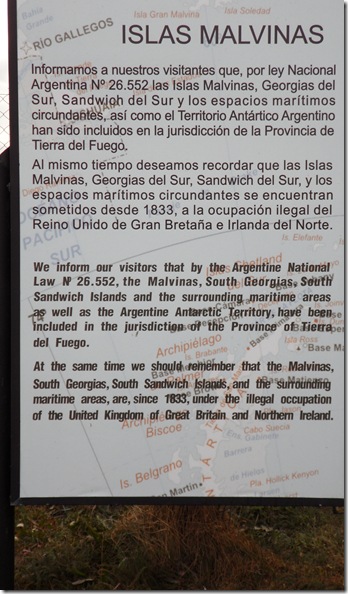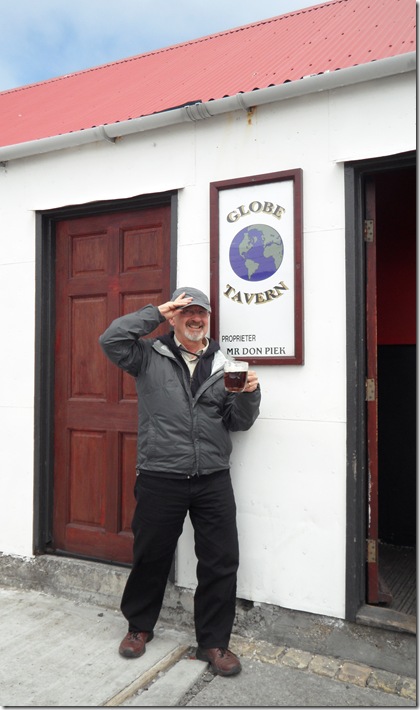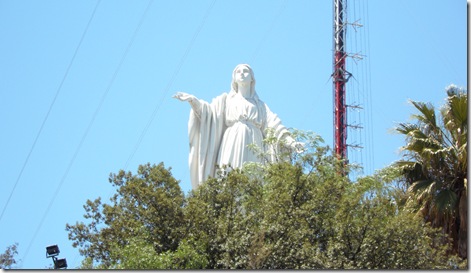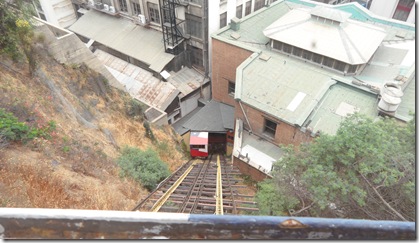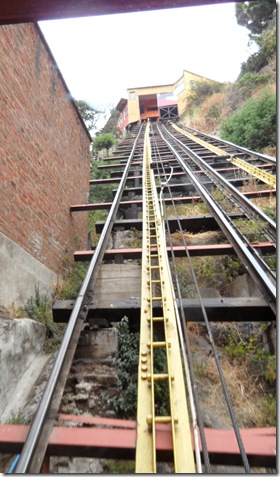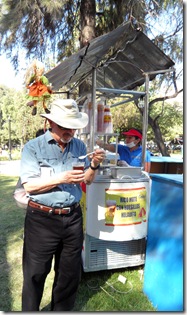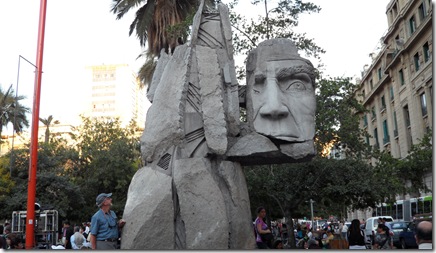Many of us have some idea of the history of Argentina, but not a lot. But most of us know of Eva Peron due to the musical Evita! Haven’t we all heard ‘Don’t Cry for Me, Argentina’? Evita and her husband cast a long shadow over Argentinean politics, and even today they are both figures of controversy. But Evita herself is a polarizing figure – it seems that she is loved and loathed in equal measure. And she, and her life and her mystique are part of the tourist industry here.
After her death in 1952 her body was spirited away and was eventually buried under another name in Italy. The powers that be wanted to make sure that her body did not become a focal point for the Peronistas to rally around. They also demolished the house where she lived and it eventually became the national library. It took until the 1970’s for her family to get custody of her remains and even longer for her remains to make it to their current resting place.
Her family has created the official Evita Peron museum in the Palermo district of Buenos Aires, so we took ourselves off to see. A beautiful old house has been turned into the museum, and as we pass from room to room we learn about Evita and her life. The museum uses displays and multimedia to tell the story. And, besides the woman and her words we get to see her clothes:
Gowns from her tour of Europe.
Hats and accessories. And she had great shoes. It was an interesting museum, and we wonder about all the wonderful and exciting social programs that she launched with so much fanfare. Did they succeed?
It was also very interesting to learn the version of Evita’s life as given by her family. It is rather different from that of the history books (specifically the fact that she was illegitimate and that her family was abandoned by her father when she was very young)
We are staying in the Recoleta district of Buenos Aires, which takes its name from La Recoleta cemetery. It is a very nice area, upscale, densely populated, interesting shops and restaurants. And there is the cemetery – a fascinating place. It is a city within the city, behind a high wall. It is also the high society cemetery – you had to be somebody to be buried here. The architecture is over the top – many of the tombs are national monuments. But it is also still an active cemetery.
Evita is buried in La Recoleta. Given the high society tone of the place there was major upset when she was buried there. And there is still speculation that she may be moved again to be with her late husband.
Many people come to visit her tomb, and many are frustrated. She is buried in her family tomb and many people wander about looking for the name Peron. But no – you are looking for Duarte:
As I mentioned, the cemetery is laid out with streets and avenues, plazas and trees. The various mausoleums are crowded all together – the very old and the new, the important and the forgotten.
In addition to an near endless succession of presidents, politicians, writers and military heroes is Louis Angel Firpo, known as ‘The Wild Bull of the Pampas’ he was the first South American to contend for the world heavyweight champion title (apparently he was robbed!)
Each plot is individually held and is considered private property. National monuments are tended to by the government, but otherwise it is up to the family. Some are beautifully maintained and obviously often visited. And others…. the families have died away and no looks after them any more. I guess if you are going to build a glorious monument to yourself you want to be sure that someone will be around to care….
